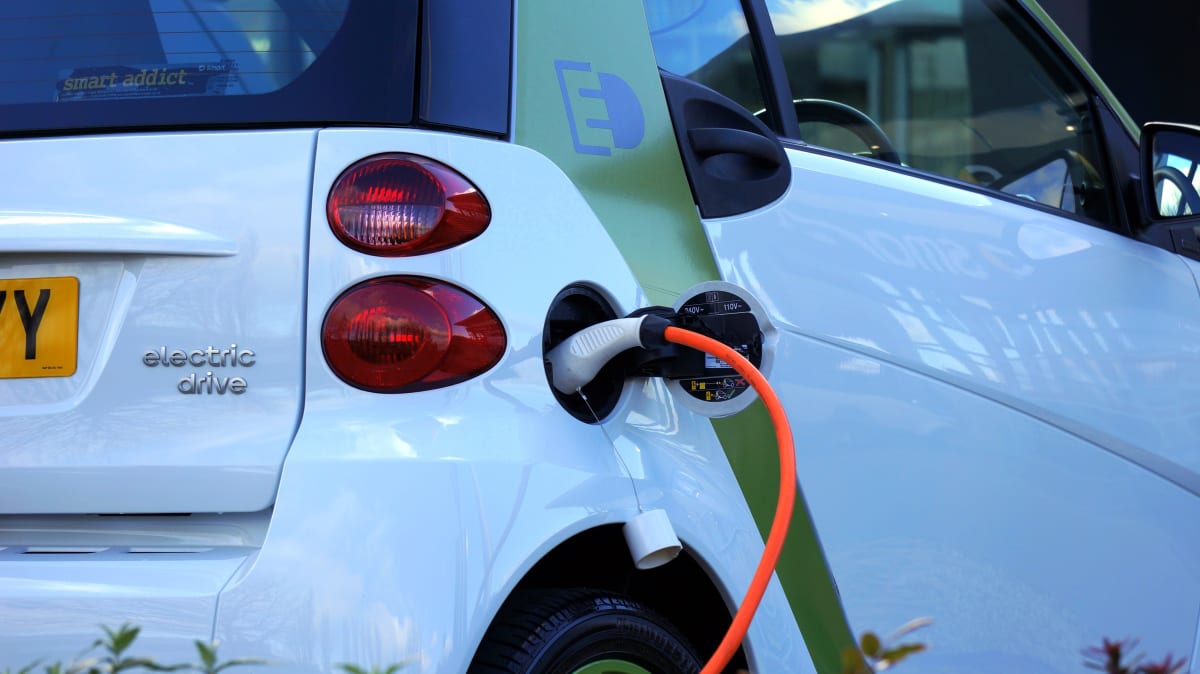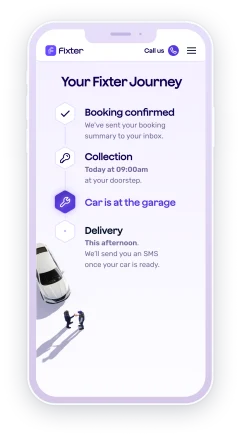
Servicing an EV vs petrol/diesel cars vs hybrids
Because of the simplicity of an EV compared to that of a petrol or diesel-driven car, servicing a purely electric vehicle is, indeed, a simpler process. There are fewer costs for replacement parts and consumables, there are fewer long-term maintenance issues, so you’d like to think service would be considerably cheaper. For the most part, they are, but there are a few points to note that throw a few proverbial tiny flies in the EV ointment.
There's a rumour that there’s a lot more work with hybrids services—both self-charging and plug-in models—because they run on electric and traditional drivetrain systems. However, a hybrid service shouldn’t cost a great deal more than the traditional service. Of course, there are a few extras to cater for, such as additional battery coolant and a few extra checks to carry out. However, on the flipside, maintenance costs on brake discs and pads and engine consumables can be cheaper, given they perform less work when the electric drive takes over.
Diesel cars tend to be costlier to service than petrol engine cars due to the complex engine operation and emissions control systems; they still lead the charge for the priciest services.
Interim and full services intervals
Service intervals, so far, tend to be recommended at the same yearly options as our petrol and diesel-driven vehicles or after 10k miles for most EVs. We recommend a full service every 12k miles for combustion engine cars, so the difference isn’t vast. However, with fewer moving parts to cater for, your EV services should be a little less intensive, faster to carry out, and kinder in your pocket.
An interim service aimed at those high-mileage motorists provides a quick check-up at six months for drivers covering up to 2k miles each month. Following the routine inspection, the interim service includes an oil change and a few other replacements for traditional cars. As you can see, for EV owners, that’s a good chunk of the work out the window, right there.
The difference between EV and combustion engine servicing
Engine, clutch, gears, and transmission
A car engine has hundreds of moving parts. Comparatively, an EV runs on a motorised system with fewer than twenty. There are barely any moving parts introducing the friction of metal on metal into play. With that in mind, far less can go wrong, with less wear to contend with.
Take away the clutch and the gears, and there isn’t an awful lot to monitor by comparison. The biggest concern for EV drivers in the powertrain is the battery, and we’ll get to that in a minute.
Filters and oil changes
Without the traditional combustion engine under the hood, the consumables usually checked, topped up or replaced (think oil, air and oil filters) can be forgotten.
However, don’t think you get away with all the fluid changes; you still need to check coolant levels and quality as your EV utilises a coolant to prevent batteries from overheating.
Batteries
The most significant component in the EV drivetrain is the battery, and that’s the part most drivers are most concerned with. The longevity of an EV battery is one of the critical features drivers look for when buying a new model. So, with an EV service, your engineer will hook the battery up to the latest tech to determine its condition.
However, unlike traditional car batteries, where there are problems, it’s not a case of new for old, but changing internal elements. As a result, the process is more akin to working on an ill-performing engine but given battery efficiency, far less likely to happen.
The good news is that since their inception, the batteries fitted in EVs are outperforming experts’ expectations, with many manufacturers now predicting their batteries should outlive the rest of the vehicle. For example, Tesla expects only 7% degradation after 250k miles.
Regenerative braking
Most EV braking happens via the motor, slowing down the car and capturing charge to feedback into the battery. The conventional braking system is generally used as a backup, so discs and pads are far less likely to need replacing as they once would.
Plenty of regular vehicle servicing items are still required
Steering, suspension, windscreens, wipers and washer fluid, heating and ventilation, and lights are all checked and attended to as they would in a regular vehicle service. In addition, the usual checks for vehicle wear and tear are also the same. In fact, most standard checks are included in an EV service apart from when the components are missing from the new electric options.
Tyres – EVs are heavier than their petrol-driven counterparts, surprisingly, so tyre wear can be slightly faster. We imagine that an engine would be far heavier than its replacement motors, and it is, but the battery driving the electric system wins the weight battle hands down. Monitoring wear and rotating tyres may help get the most from each corner.
Are independent garages qualified to service your EV?
EVs are still considered relatively new by many, despite growing in popularity. However, carrying out the mechanical work requires specialist equipment and certification. As a result, we’ve found that most repairs, services, and maintenance are carried out at the dealerships and manufacturers.
Independent garages, it would seem, are reluctant so far to invest in the equipment and new skills required to add those areas to their services, especially while there are still so many conventional cars on the roads to keep them busy.
So, despite lower servicing costs due to parts, replacements and simpler processes, the final bill could still be higher than you’d expect, depending on the model of the vehicle and the dealership carrying out the work.
How do other costs compare between petrol and EV cars?
Comparing the costs of electrical charging against the traditional fossil fuels that drive our petrol and diesel vehicles, the electric cars come out on top by a healthy margin.
With road tax based primarily on engine emissions, most EVs currently experience a zero-rated charge. Another big win for EV running costs.
MOT and insurance costs are similar, yet, with the cost of servicing coming in at less so far, and the charging costs providing another saving, running an EV should offer better value in the long-term, never mind the massive benefits it brings to the environment.
With the costs of running an EV estimated at around a quarter of our usual rides, drivers can expect to recoup the additional cost of buying one over time. And as the price of EVs stands to drop as demand grows, hopefully, they’ll become more affordable, and a better alternative as life moves into the next all-electric, renewable resources, digital future we’re heading towards.
About Fixter
Fixter is revolutionising the car maintenance industry, one repair at a time. Fixter was founded to make car maintenance as easy as booking a taxi. Digital, transparent and stress-free, with world-class customer service. Since launching in Manchester in 2017, Fixter has expanded to more than 100 towns and cities across the UK and provided thousands of car owners with honest, convenient and affordable car repair services.








